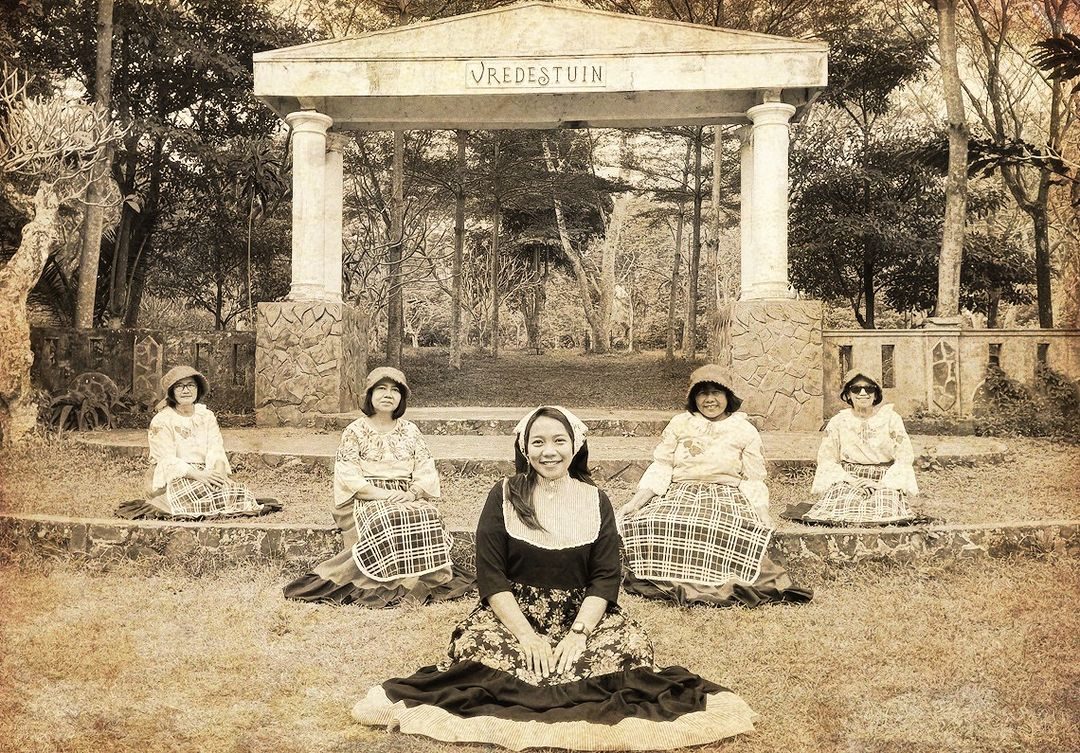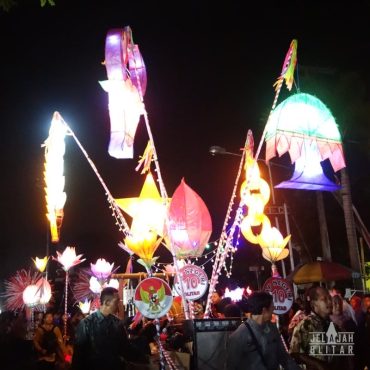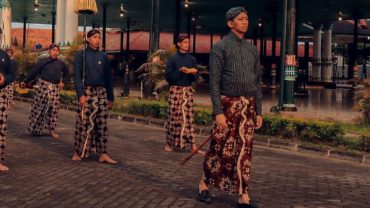Behind the natural beauty and serenity of Blitar, there are many mysteries and interesting facts waiting to be uncovered.
Imagine for a moment, as the sun sets, the majestic silhouette of Penataran Temple is visible in the distance, as if it holds thousands of years of secrets.
Imagine also, how the charm of Blitar is able to make fall in love not only its inhabitants but also the world community.
But what exactly makes Blitar so special?
According to legend, Blitar's name comes from the phrase "bali dadi latar," which means back to being a page.
This was revealed by Prabu Mahesa Sura when he died in the well he made as a dowry for Dewi Kilaswara.
History records that Blitar was once ruled by the Tartars from East Asia before finally being controlled by the Majapahit Kingdom.
The kingdom sent Nilasuwarna to repel the Tartars and gave him the title Adipati Aryo Blitar I.
Over time, Blitar underwent many changes, including its status as "gemeente" in 1906 and as Blitar-shi during the Japanese occupation.
The city is also known as the City of Patria because of its role in Indonesian history, especially in relation to the struggle for independence.
It is not surprising that many people, both academics and non-academics, are interested in tracing historical traces from time to time in Blitar.
Leiden University Library through Koninklijk Instituut voor Taal-, Land- en Volkenkunde (KITLV) showed its interest in the history and culture of Blitar Regency.
This interest was evidenced by the visit of KITLV Indonesia, based in Jakarta, to the Blitar Regency Culture and Tourism Office (Disbudpar) on Wednesday, 25 January 2023.
The purpose of this visit is to collect literature related to the history and culture of Blitar which will later be stored at the Leiden University Library in the Netherlands.
During the visit, the Head of Blitar District Disbudpar, Suhendro Winarso, provided a number of books related to the culture and history of Blitar District, including the Principal Principles of Culture of Blitar District, Penataran Museum Catalogue, and Kresnayana Festival Anthology.
According to Suhendro, the literature is expected to enrich KITLV's research materials as well as introduce Blitar's history and culture to a wider audience.
Suhendro welcomed the visit, considering it an opportunity to establish cooperation with KITLV in the form of collaborative development of papers such as journals, books, or articles.
As an area that carries the image of "Blitar Land of Kings", Blitar is indeed known as a region rich in historical sites, including 12 of the 36 temples in East Java and 20 preserved cultural heritage sites.
Dini Aryani, a representative of the KITLV Jakarta Metadata Staff, said that the purpose of their visit was to collect various library materials about Blitar.
Collections from Disbudpar will be processed into bibliographic data and can be widely accessed through Online Public Access Catalog (OPAC) of Leiden University Library.
Dini explained that KITLV Leiden has a major focus on literacy about Southeast Asia in the humanities and social sciences.
However, out of respect for copyright, the physical book will not be digitised but will be stored and archived in the library for direct reading in the Netherlands.
Then Why is Blitar Culture Interesting to Research?
Blitar's culture offers many interesting things to research because:
- Cultural Diversity: The combination of local traditions with outside influences creates a unique cultural richness.
- Historical Heritage: Many historical sites in Blitar provide insight into Indonesia's historical journey.
- Contemporary Creativity: The development of modern art in Blitar shows how people value tradition while adapting to the times.
From traditional dances to culinary specialities, every aspect of culture here tells the story of the struggles and diversity of its people.
With the support of institutions like Leiden KITLV, research on Blitar culture can continue to grow, providing new insights into how this heritage can be preserved for future generations.
Through a better understanding of local cultures, we not only honour the heritage of our ancestors but also strengthen our identity as a nation rich in diversity.
Sebagai salah satu warisan peninggalan Belanda, De Karanganjar Koffieplantage tidak hanya menawarkan pengalaman menikmati coffee berkualitas, tetapi juga membuka peluang besar untuk penelitian dan pembelajaran sejarah.
Its existence as a well-preserved colonial site makes it an ideal place to delve deeper into the history of colonialism and Blitar culture.
For students, researchers and history lovers, De Karanganjar Koffieplantage is a valuable source of knowledge and a window into a past rich in stories and meaning.







